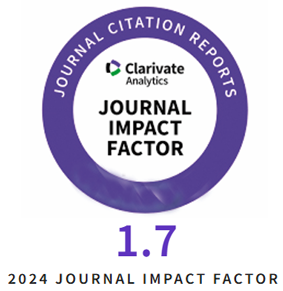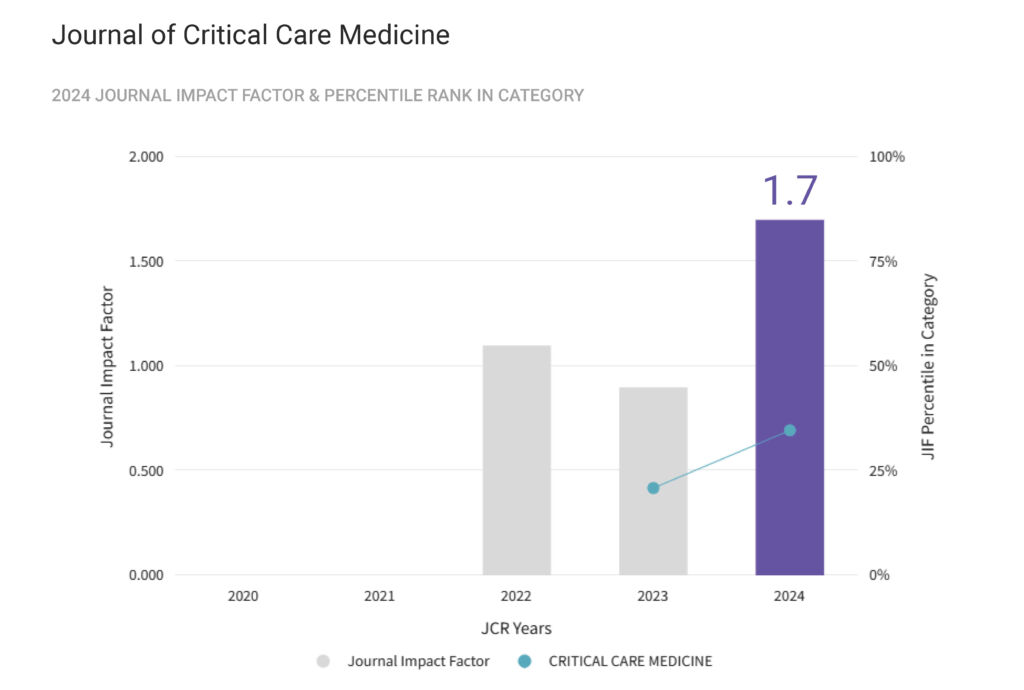Introduction: Cost analysis is complicated by the fact that patients acquire infections during their hospital stay, having already spent time at risk without having an infection. Multi-state models (MSM) accounts for this time at risk treating infections as time-dependent exposures from ICU admission.
Aim of the study: To estimate ventilator-associated events (VAEs) direct additional cost in ICU patients.
Material and Methods: This was a prospective, observational study carried out for a two-year period in four medical-surgical ICUs of Athens, Greece. The sample consisted of adult patients who received mechanical ventilation for ≥4 days and were followed until discharge from the ICU or until death. CDC standard definitions were used to diagnose VAEs. To estimate VAEs additional length of stay (LOS), we used a four-state model that accounted for the time of VAEs. The direct hospital cost was calculated, consisting of the fixed and variable cost. The direct additional cost per VAEs episode was calculated by multiplying VAEs extra LOS by cost per day of ICU hospitalization.
Results: In the final analysis were included 378 patients with 9,369 patient-days. The majority of patients were male (58.7%) with a median age of 60 years. Of 378 patients 143 (37.8%) developed 143 episodes of VAEs. VAEs crude additional LOS was 17 days, while VAE mean additional LOS after applying MSM was 6.55±1.78 days. The direct cost per day of ICU hospitalization was € 492.80. The direct additional cost per VAEs episode was € 3,227.84, € 885.56 the fixed and € 2,342.28 the variable cost. Antibiotic cost was € 1,570.95 per VAEs episode. The total direct additional cost for the two-year period was € 461,581.12.
Conclusions: These results confirm the importance of estimating VAEs real cost using micro-costing for analytical cost allocation, and MSM to avoid additional LOS and cost overestimation.
Tag Archives: intensive care units
Limitation of Non-Beneficial Interventions and their Impact on the Intensive Care Unit Costs
Introduction: Using a plan to limit non-beneficial life support interventions has significantly reduced harm and loss of dignity for patients at the end of life. The association of these limitations with patients’ clinical characteristics and health care costs in the intensive care unit (ICU) needs further scientific evidence. Aim of the study: To explore decisions to limit non-beneficial life support interventions, their correlation with patients’ clinical data, and their effect on the cost of care in the ICU.
Material and Methods: We included all patients admitted to the general ICU of a hospital in Greece in a two-year (2019-2021) prospective study. Data collection included patient demographic and clinical variables, data related to decisions to limit (withholding, withdrawing) non-beneficial interventions (ΝΒΙs), and economic data. Comparisons were made between patients with and without limitation decisions.
Results: NBIs were limited in 164 of 454 patients (36.12%). Patients with limitation decisions were associated with older age (70y vs. 62y; p<0,001), greater disease severity score (APACHE IV, 71 vs. 50; p<0,001), longer length of stay (7d vs. 4.5d; p<0,001), and worse prognosis of death (APACHE IV PDR, 48.9 vs. 17.35; p<0,001). All cost categories and total cost per patient were also higher than the patient without limitation of NBIs (9247,79€ vs. 8029,46€, p<0,004). The mean daily cost has not differed between the groups (831,24€ vs. 832,59€; p<0,716). However, in the group of patients with limitations, all cost categories, including the average daily cost (767.31€ vs. 649.12€) after the limitation of NBIs, were reduced to a statistically significant degree (p<0.001).
Conclusions: Limiting NBIs in the ICU reduces healthcare costs and may lead to better management of ICU resource use.
Renal Recovery in Critically Ill Adult Patients Treated With Veno-Venous or Veno-Arterial Extra Corporeal Membrane Oxygenation: A Retrospective Cohort Analysis
Introduction: Patients on extracorporeal membrane oxygenator (ECMO) therapy are critically ill and often develop acute kidney injury (AKI) during hospitalisation. Little is known about the association of exposure to and the effect of the type of ECMO and extent of renal recovery after AKI development. Aim of the study: In patients who developed AKI, renal recovery was characterised as complete, partial or dialysis-dependent at the time of hospital discharge in both the Veno-Arterial (VA) and Veno-Venous (VV) ECMO treatment groups.
Material and methods: The study consisted of a single-centre retrospective cohort that includes all adult patients (n=125) who received ECMO treatment at a tertiary academic medical centre between 2015 to 2019. Data on demographics, type of ECMO circuit, comorbidities, exposure to nephrotoxic factors and receipt of renal replacement therapy (RRT) were collected as a part of the analysis. Acute Kidney Injury Network (AKIN) criteria were used for the diagnosis and classification of AKI. Group differences were assessed using Fisher’s exact tests for categorical data and independent t-tests for continuous outcomes.
Results: Sixty-four patients received VA ECMO, and 58 received VV ECMO. AKI developed in 58(91%) in the VA ECMO group and 51 (88%) in the VV ECMO group (p=0.77). RRT was prescribed in significantly higher numbers in the VV group 38 (75%) compared to the VA group 27 (47%) (p=0.0035). At the time of discharge, AKI recovery rate in the VA group consisted of 15 (26%) complete recovery and 5 (9%) partial recovery; 1 (2%) remained dialysis-dependent. In the VV group, 22 (43%) had complete recovery (p=0.07), 3(6%) had partial recovery (p=0.72), and 1 (2%) was dialysis-dependent (p>0.99). In-hospital mortality was 64% in the VA group and 49% in the VV group (p=0.13).
Conclusions: Renal outcomes in critically ill patients who develop AKI are not associated with the type of ECMO used. This serves as preliminary data for future studies in the area.










